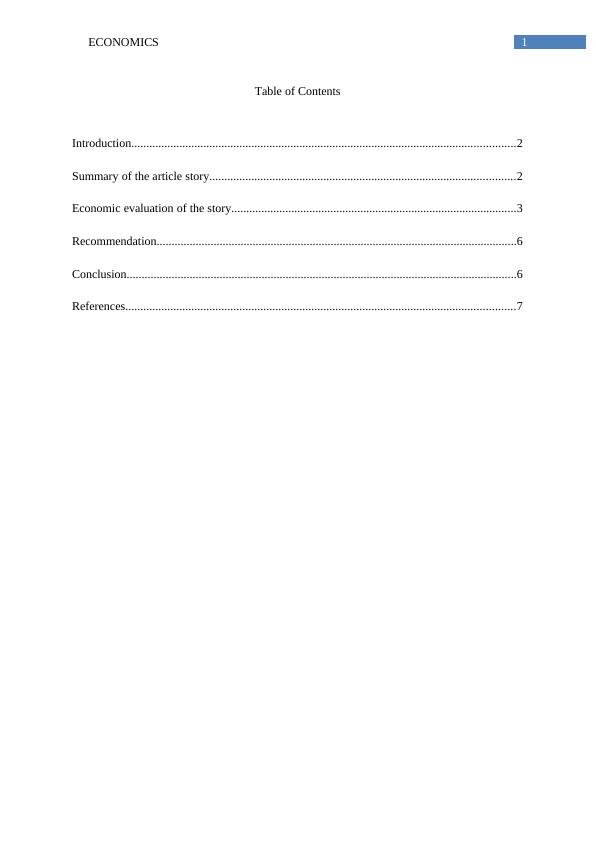HI5003 : Economics for Business
9 Pages1422 Words25 Views
HI5003 Economics for Business (HI5003)
Added on 2020-04-13
HI5003 : Economics for Business
HI5003 Economics for Business (HI5003)
Added on 2020-04-13
ShareRelated Documents
End of preview
Want to access all the pages? Upload your documents or become a member.
Australian Vegetable Export in Asian Market: Economic Analysis
|8
|1411
|62
ECONOMICS FOR BUSINESS 7 7 Economics for Business Name of the University Course ID
|8
|1472
|104
Growing Demand for Australian Agricultural Export in Asia
|7
|1127
|275
Bilateral relationship between Australia and Japan
|5
|1332
|296
Growth in Australia Agricultural Sector for Export Market
|9
|1388
|69
Factors behind doing business in China- an Australian perspective
|6
|1416
|95



